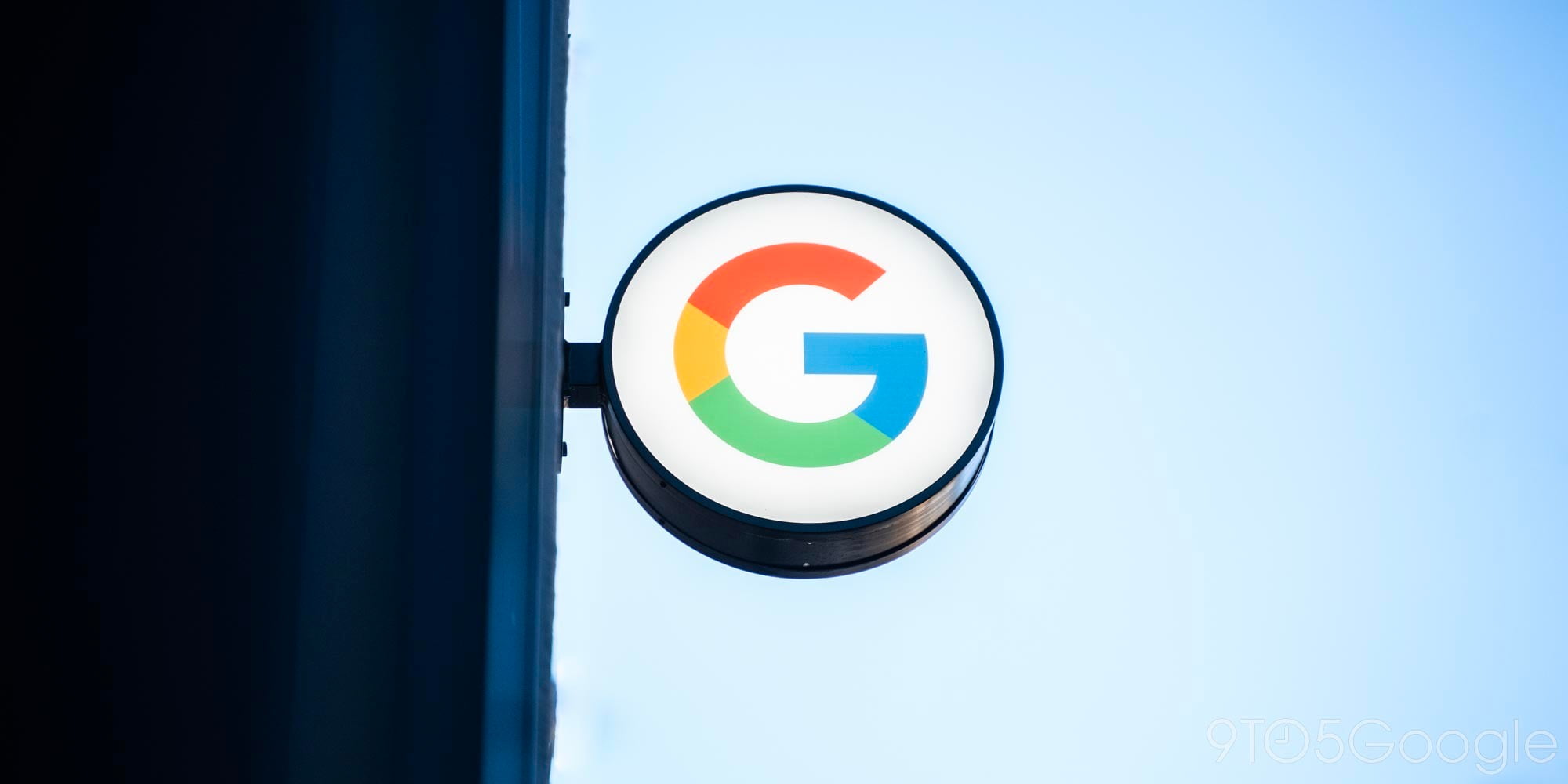
The Google Home launched at the inaugural Made by Google event in 2016, while 2017 saw the Home Mini and Home Max. This year, the Google Home Hub is expected to continue the company’s success in the connected speaker space over Amazon. Thanks to a handful of leaks, we are well aware of the design, specs, and capabilities, while the price has also been rumored.
Here’s a look at everything we’ve learned about the Smart Display so far…
Google Home Hub — Features
As a Google Assistant Smart Display, the Google Home Hub is essentially a Home but with a screen for added interactivity. Users can ask questions and issue commands like adding to a shopping list and placing audio calls to friends and businesses.
It supports Voice Match to identify users and deliver their calendar, commute, and reminders; tasks that all benefit from the screen. Additionally, you can watch YouTube and a handful of other video apps. Viewing pictures from Google Photos is also made possible by the display.
It controls smart home appliances with an interface that allows users to change the temperature with a virtual dial. Working with Google’s Nest, Assistant supports 5,000 other devices from over 400 brands.
Google Home Hub — Design
The first Google Assistant Smart Displays were announced at CES 2018 — and save for Lenovo’s — look very much like boomboxes. The JBL Link View and LG ThinQ WK9 have their screens flanked by large speaker grills to the left and right. Even the modern looking Lenovo Smart Display has a large grill on the far side.
Google took a different approach with a design that very much reflects the current Home aesthetic of fabric and more muted colors. The display is front and center, receiving full attention and emphasizing what users are supposed to interact with.
That screen is connected to a stand that features a wide, but narrow pill-shaped base. The back piece is covered in the same material found on the grill of the Home Mini and Max. A Google ‘G’ logo is centered on the rear side, with a power cord on the right-side.
Meanwhile, the back of the display is plastic, with two physical controls. When viewing from the rear, there is a likely volume rocker on the left-side, while there is a microphone switch at the top-center to stop the device from listening for the “Hey Google” or “Ok Google” hotword.
Google Home Hub — Colors
Available in “Chalk” and “Charcoal,” the Google Home Hub will fit right into the Home speaker lineup. Matching the Home Max exactly, these colors are applied to the fabric and the plastic backing of the tablet-esque screen portion.
However, the rather notable bezels of the screen will remain white, though the color — in the case of Charcoal — is faintly visible on the perimeter of the screen. Additionally, the power cord remains white.
Google Home Hub — Specs
Speaking of the touchscreen, it is 7-inches with Google not citing the exact resolution. The top bezel houses an ambient light and color sensor, but no front-facing camera.
On the audio front, Google only notes “full-range speakers for crystal clear sound” for the Home Hub and the standard Far-field microphones. Connectivity, as confirmed by the FCC, includes 802.11b/g/n/ac Wi-Fi in both 2.4GHz and 5.0GHz bands for “high-performance streaming” and Bluetooth support.
The Home Hub is powered by a 15W power adapter that connects via a DC power jack. It weighs 16.9 oz (480g), while dimensions are 7.02-inch (178.5 mm) x 4.55-inch (118 mm) with a 2.65-inch (67.3 mm) depth.
This compact size should help the Home Hub fit into tighter spaces like counter tops, compared to the Lenovo and JBL offerings.

Google Home Hub — Price
One leaked price listing from a U.S. retailer pegs the Home Hub at only $149. This competitive price point undercuts a 10-inch second-generation Echo Show by $70, and would very much be in line with the company’s strategy of saturating and flooding the market with cheaper products to undermine Amazon.
The lack of a front-facing camera for Google Duo could be a cost cutting measure, but an odd one given how video calls have been a selling point of Smart Displays and it being the company’s only successful social app. Meanwhile, the lack of a camera could be aimed at courting privacy-conscious consumers.
In the grand scheme, it could encourage the nascent Smart Display ecosystem and appease its partners. If consumers want a larger display or more premium design, they will be directed to models from JBL, Lenovo, LG, and Sony.
More about Made by Google:
- Everything we know about the Google Pixel 3 and Google Pixel 3 XL so far
- Everything we know about ‘Nocturne’, the first of a few potential ‘Pixelbook 2’ prototypes
- Everything we know about ‘Atlas’, another potential ‘Pixelbook 2’ prototype
FTC: We use income earning auto affiliate links. More.






Comments